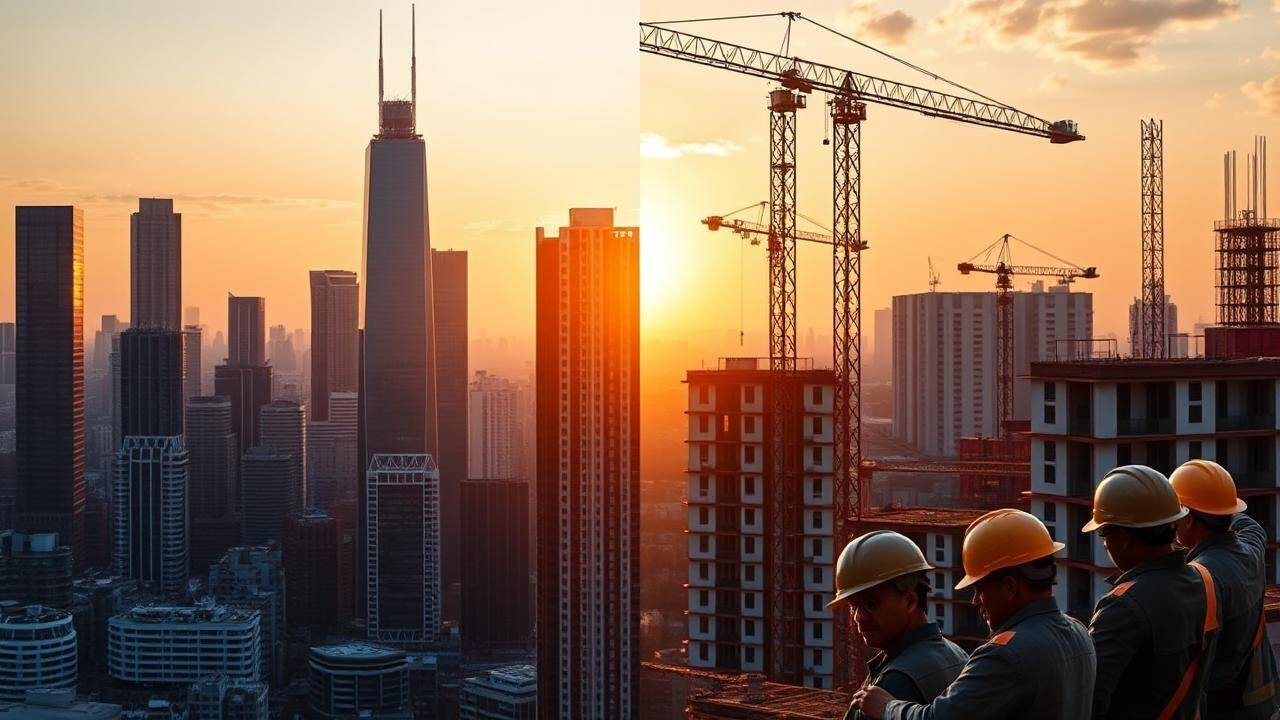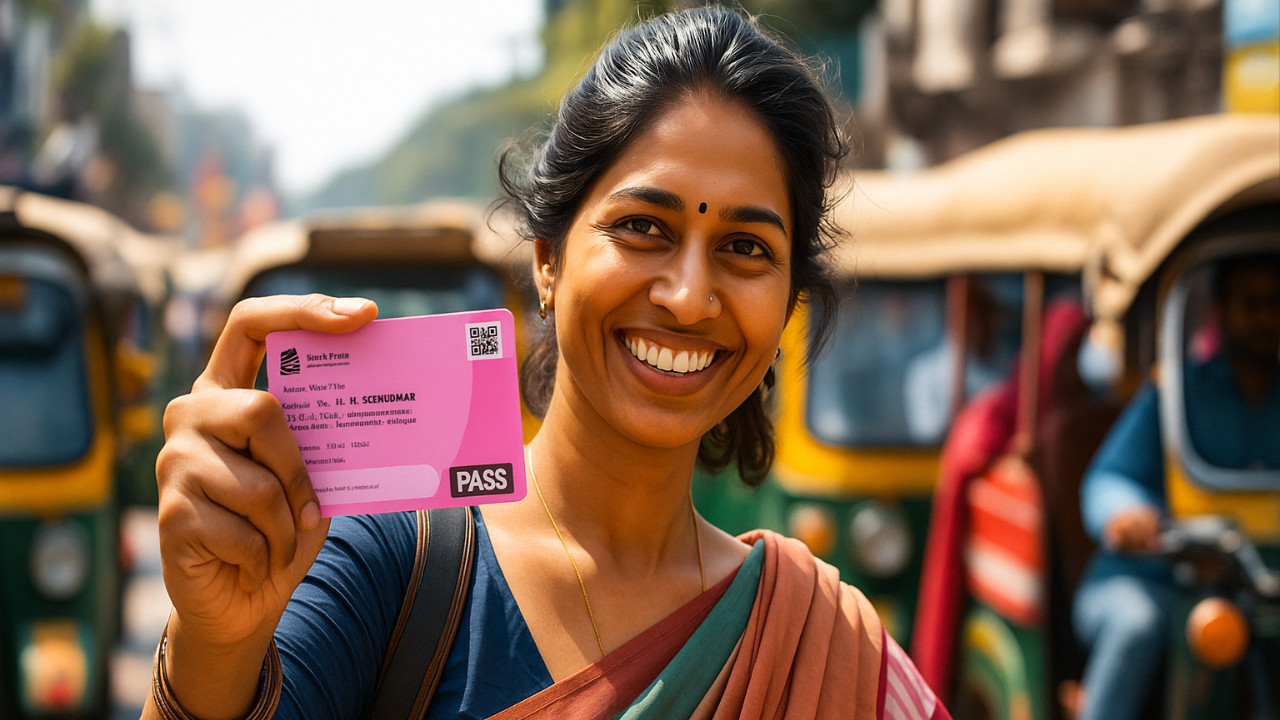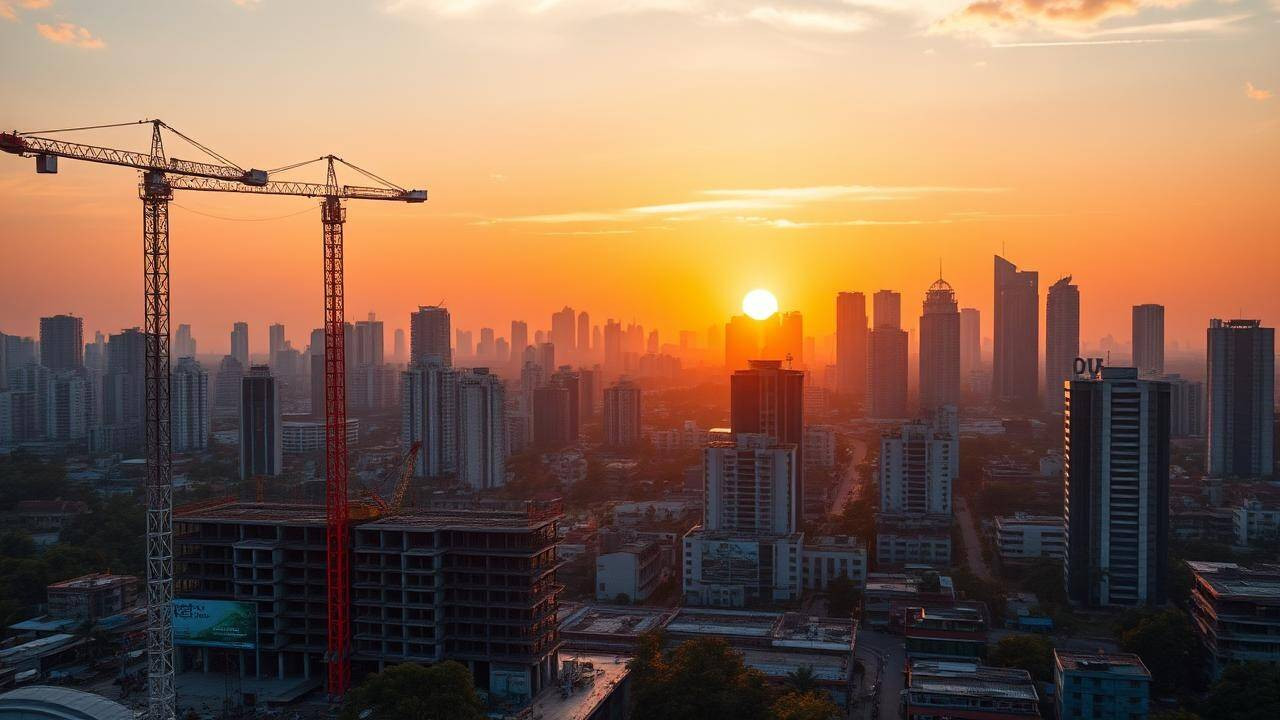India and the European Union have reaffirmed their dedication to finalizing the long-awaited Free Trade Agreement, emphasizing its potential to greatly benefit citizens and businesses. During the 13th round of FTA discussions in New Delhi, both sides expressed commitment to a fair and balanced agreement. Significant progress has been made, with approximately 60% of the agreement’s chapters already finalized.
India and the EU: Can This Trade Tango Finally Lead to a Deal?
For years, the possibility of a comprehensive free trade agreement (FTA) between India and the European Union has been dangled like a shimmering mirage in the desert. Round after round of negotiations have been held, hopes raised, only to be tempered by complexities and disagreements. But is this time different? The recent 13th round of talks in Delhi suggests that both sides are pushing harder than ever to make this long-awaited deal a reality.
Commerce Minister Piyush Goyal’s recent statements express a clear optimism, a desire to move beyond simply talking and into actually doing. He emphasized the commitment to ongoing dialogue, hinting at a willingness to address sticking points and find common ground. But what are these sticking points, and why has forging a free trade agreement proven so challenging?
The EU, a powerful bloc of 27 nations, represents a massive market for Indian goods and services. An FTA could significantly boost Indian exports, creating jobs and driving economic growth. Sectors like textiles, leather goods, and agricultural products stand to gain immensely from reduced tariffs and greater access to European consumers. Conversely, India, with its rapidly growing economy and vast consumer base, is an attractive destination for European investments and exports, particularly in areas like automobiles, machinery, and pharmaceuticals.
However, the devil, as always, is in the details. One of the main hurdles has been differing perspectives on issues such as intellectual property rights, data protection, and environmental standards. The EU, known for its stringent regulations, often seeks higher standards than India is currently willing or able to commit to. For example, European companies have pushed for stronger protection of their patents and trademarks in India, while India has raised concerns about the impact of EU environmental regulations on its agricultural exports.
Another complex area is tariff reductions. While both sides agree on the general principle of lowering trade barriers, they differ on the extent and pace of these reductions. India, for instance, has been cautious about reducing tariffs on certain agricultural products, fearing it could harm its domestic farmers. The EU, in turn, has sought greater access to India’s services sector, including financial services and telecommunications.
Beyond these specific issues, there’s also the broader context of global geopolitics to consider. The world is becoming increasingly multipolar, with rising protectionism and trade tensions. In this environment, a successful India-EU FTA would not only boost economic ties but also send a strong signal of commitment to free and fair trade. It could also serve as a model for other trade agreements in the region.
The good news is that both sides seem to recognize the strategic importance of this agreement. Recent discussions have focused on finding creative solutions to bridge the gaps. There’s a growing understanding that compromise is essential to achieve a mutually beneficial outcome. Minister Goyal’s positive remarks, combined with the sustained engagement from EU trade officials, suggest that the momentum is building. This latest round has focused heavily on clarifying each side’s red lines and exploring potential compromises that can unlock progress in future rounds.

While the path ahead may still be winding and uncertain, the potential rewards are too great to ignore. A comprehensive India-EU FTA could unlock significant economic opportunities, strengthen strategic partnerships, and promote a more open and rules-based global trading system. The key now lies in maintaining the momentum, fostering mutual understanding, and being willing to make the necessary compromises to turn this long-held dream into a tangible reality. Perhaps it is time to link to our prior article about [the impact of trade agreements on the Indian economy](internal-link).
The stakes are high, and the world is watching. Will India and the EU finally be able to navigate the complexities and forge a truly transformative trade partnership? The coming months will be crucial in determining whether this ambitious goal can be achieved.






